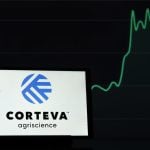The disease investigation unit at the Western College of Veterinary Medicine (WCVM) in Saskatoon is contacted every fall by veterinarians concerned about poor conception rates in a client’s herd. Once recognized risk factors for poor fertility like infectious disease, poor body condition, insufficient time between calving and breeding, and problems with bull power have been […] Read more




